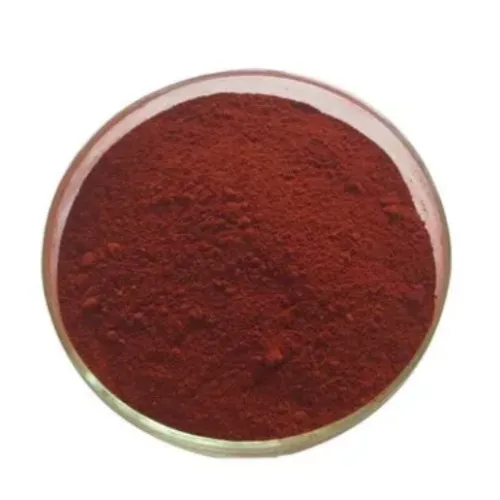Warning: Undefined array key "title" in /home/www/wwwroot/HTML/www.exportstart.com/wp-content/themes/1198/header.php on line 6
Warning: Undefined array key "file" in /home/www/wwwroot/HTML/www.exportstart.com/wp-content/themes/1198/header.php on line 7
Warning: Undefined array key "title" in /home/www/wwwroot/HTML/www.exportstart.com/wp-content/themes/1198/header.php on line 7
Warning: Undefined array key "title" in /home/www/wwwroot/HTML/www.exportstart.com/wp-content/themes/1198/header.php on line 7
- Afrikaans
- Albanian
- Amharic
- Arabic
- Armenian
- Azerbaijani
- Basque
- Belarusian
- Bengali
- Bosnian
- Bulgarian
- Catalan
- Cebuano
- China
- China (Taiwan)
- Corsican
- Croatian
- Czech
- Danish
- Dutch
- English
- Esperanto
- Estonian
- Finnish
- French
- Frisian
- Galician
- Georgian
- German
- Greek
- Gujarati
- Haitian Creole
- hausa
- hawaiian
- Hebrew
- Hindi
- Miao
- Hungarian
- Icelandic
- igbo
- Indonesian
- irish
- Italian
- Japanese
- Javanese
- Kannada
- kazakh
- Khmer
- Rwandese
- Korean
- Kurdish
- Kyrgyz
- Lao
- Latin
- Latvian
- Lithuanian
- Luxembourgish
- Macedonian
- Malgashi
- Malay
- Malayalam
- Maltese
- Maori
- Marathi
- Mongolian
- Myanmar
- Nepali
- Norwegian
- Norwegian
- Occitan
- Pashto
- Persian
- Polish
- Portuguese
- Punjabi
- Romanian
- Russian
- Samoan
- Scottish Gaelic
- Serbian
- Sesotho
- Shona
- Sindhi
- Sinhala
- Slovak
- Slovenian
- Somali
- Spanish
- Sundanese
- Swahili
- Swedish
- Tagalog
- Tajik
- Tamil
- Tatar
- Telugu
- Thai
- Turkish
- Turkmen
- Ukrainian
- Urdu
- Uighur
- Uzbek
- Vietnamese
- Welsh
- Bantu
- Yiddish
- Yoruba
- Zulu
Nov . 02, 2024 06:12 Back to list
manufacturing process of adipic acid a detailed overview of
Manufacturing Process of Adipic Acid A Detailed Overview
Adipic acid, a vital industrial chemical, is primarily utilized in the production of nylon, plasticizers, and other synthetic materials. Its manufacturing process involves several intricate steps, which can be categorized into two main methods the traditional method using cyclohexane and the newer, more sustainable method using renewable resources.
Traditional Method Cyclohexane Oxidation
The conventional method for producing adipic acid begins with the oxidation of cyclohexane. This process typically involves three critical stages oxidation, purification, and crystallization.
1. Oxidation The process starts by introducing cyclohexane into a reactor along with air or oxygen at elevated temperatures (around 140-180°C). A catalyst, often cobalt-based, is employed to enhance the oxidation reaction. The cyclohexane reacts with oxygen to form a mix of intermediates, predominantly cyclohexanol and cyclohexanone, commonly referred to as KA oil.
2. Formation of Adipic Acid The KA oil is then subjected to further oxidation using nitric acid. This stage converts the alcohol and ketone groups into carboxylic acid groups, ultimately yielding adipic acid. This step is critical, as it defines the quality and yield of the adipic acid produced.
3. Purification Once the adipic acid is formed, it undergoes a purification process. This involves removing excess nitric acid and other by-products through filtration and distillation. The resultant product is typically a mixture of adipic acid and water.
manufacturing process of adipic acid a detailed overview of

4. Crystallization The purified adipic acid solution is cooled to allow for crystallization. The solid adipic acid is separated by filtration, washed, and then dried to obtain a high-purity product suitable for industrial applications.
Sustainable Method Bio-based Production
In response to environmental concerns and the unsustainable nature of fossil fuel-derived chemicals, researchers have developed alternative methods for producing adipic acid using renewable resources.
1. Fermentation of Biomass The bio-based approach generally involves fermenting renewable biomaterials, such as glucose derived from cornstarch or other carbohydrates. Microorganisms, including engineered bacteria and yeast, convert sugars into adipic acid through metabolic pathways. This method not only reduces greenhouse gas emissions but also harnesses biomass that would otherwise be waste.
2. Separation and Purification Similar to the traditional method, the fermentation broth containing adipic acid requires purification. Techniques such as membrane filtration, ion-exchange chromatography, and crystallization are employed to isolate and purify the adipic acid.
Conclusion
The manufacturing process of adipic acid has evolved significantly, with the traditional cyclohexane method being predominant for decades. However, with growing environmental concerns, the industry is shifting towards bio-based production methods that promise sustainability without compromising on efficiency. As technology advances, these greener methods are likely to gain traction, ensuring that the production of adipic acid aligns with global sustainability goals while meeting the increasing demand for this essential compound in various industries.
Latest news
-
Certifications for Vegetarian and Xanthan Gum Vegetarian
NewsJun.17,2025
-
Sustainability Trends Reshaping the SLES N70 Market
NewsJun.17,2025
-
Propylene Glycol Use in Vaccines: Balancing Function and Perception
NewsJun.17,2025
-
Petroleum Jelly in Skincare: Balancing Benefits and Backlash
NewsJun.17,2025
-
Energy Price Volatility and Ripple Effect on Caprolactam Markets
NewsJun.17,2025
-
Spectroscopic Techniques for Adipic Acid Molecular Weight
NewsJun.17,2025

